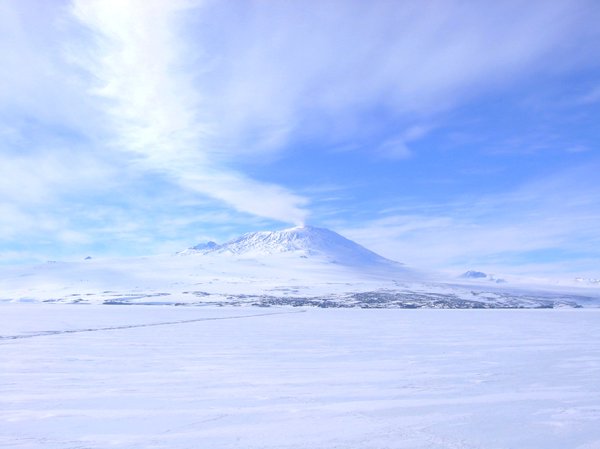
The Cascades are found in a place where Earth's tectonic plates are pushing toward each other, with the crust of the ocean forced below the crust of the continent. Mount Erebus was first ascended by Sir Ernest Shackleton and party in 1908.Įrebus exemplifies a family of volcanoes with an alkalic chemical composition, with lavas relatively rich in sodium, potassium and other elements including rare earths elements, while being relatively poor in silica.Īlkalic volcanoes are very different from volcanoes such as in the Cascade Range extending from northern California through British Columbia to Alaska. It and its dormant companion volcano, Mount Terror, were named after the exploring ships of Sir James Ross, who discovered them and the Transantarctic Mountains in 1841. Mount Erebus is Antarctica's only active volcano. Coauthors also included Erin Wallin of the University of Hawaii and mountaineer Danny Uhlmann, now studying geology at University of Lausanne. Wannamaker and Hill conducted the study with University of Utah alumni John Stodt and Michal Kordy and associate scientist Virginie Maris geophysicists Paul Bedrosian of the United States Geological Survey, Martyn Unsworth of the University of Alberta, and Yasuo Ogawa of Tokyo Institute of Technology and senior volcanologist Phil Kyle of the New Mexico Institute of Mining and Technology. "Understanding both H 2O and CO 2 volcanoes is important for calculating the budget of such volatile gases deep in the earth that involves injection of material into Earth's mantle and its return to the surface to start all over again", Wannamaker says. "Mount Erebus is an example of a CO 2-dominated rift volcano, a complement to the more widely known arc volcanoes of the Pacific Rim and elsewhere, dominated by H 2O," adds New Zealand co-investigator Graham Hill, the study's lead author.

The study, published in Nature Communications "expands our understanding of the sources and transport of diverse types of magma and volatile gases to the surface," says Phil Wannamaker, the study's second author and a geophysicist at the University of Utah's Energy & Geoscience Institute.


 0 kommentar(er)
0 kommentar(er)
